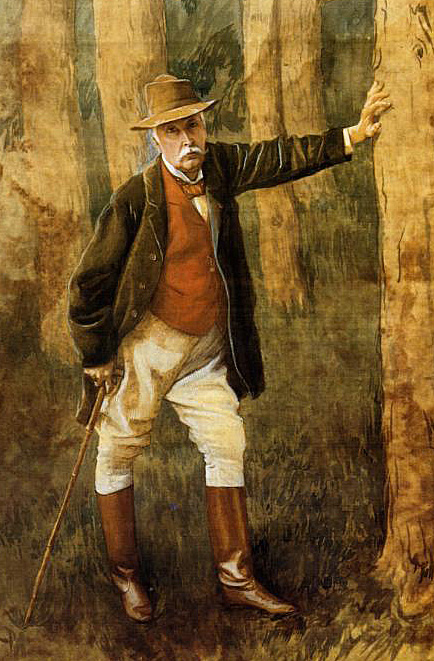
1836 - 1902

Tissot was born at Nantes. He studied at the Ecole des Beaux-Arts in Paris under Ingres, Flandrin and Lamothe, and exhibited in the Paris Salon for the first time at the age of twenty-three. In 1861 he showed The Meeting of Faust and Marguerite, which was purchased by the state for the Luxembourg Gallery. His first characteristic period made him a painter of the charms of women. Demi-mondaine would be more accurate as a description of the series of studies which he called La Femme a Paris.
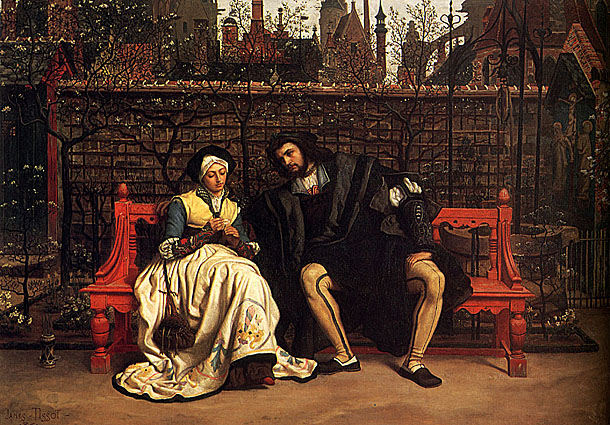
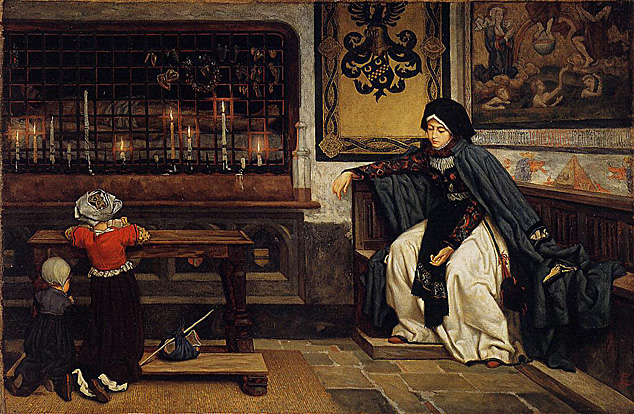
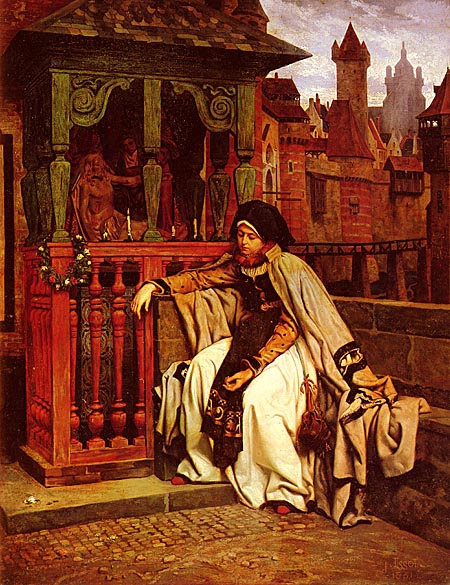
He fought in the Franco-Prussian War, and, falling under suspicion as a Communard, left Paris for London. Here he studied etching with Sir Seymour Haden, drew caricatures for Vanity Fair, and painted portraits as well as genre subjects.
Sometime in the 1870s Tissot met a divorcee, Mrs. Kathleen Newton, who became his companion and the model for many of his paintings. Mrs. Newton moved into Tissot's household in 1876 and lived with him until her suicide in the late stages of consumption in 1882 at the age of 28.
It was many years before he turned to the chief labor of his career - the production of a series of 700 water-color drawings to illustrate the life of Christ and the Old Testament. He disappeared from Paris, whither he had returned after the death of Kathleen Newton, and went to Palestine. In 1896 the series of 350 drawings of incidents in the life of Christ was exhibited in Paris, and the following year found them on show in London. They were then published by the firm of Lemercier in Paris, who had paid him 1,100,000 francs for them. (Over 500 related drawings, watercolors and oils are now in the collection of the Brooklyn Museum.)
After this he turned to the scenes of the Old Testament, upon which he was still engaged at the abbey of Buillon, in the department of Doubs, France, when he died.
The merits of Tissot's Bible illustrations lay rather in the care with which he studied the details of scenery than in any quality of religious emotion. He seemed to aim, above all, at accuracy, and, in his figures, at a vivid realism, which was far removed from the conventional treatment of sacred types.
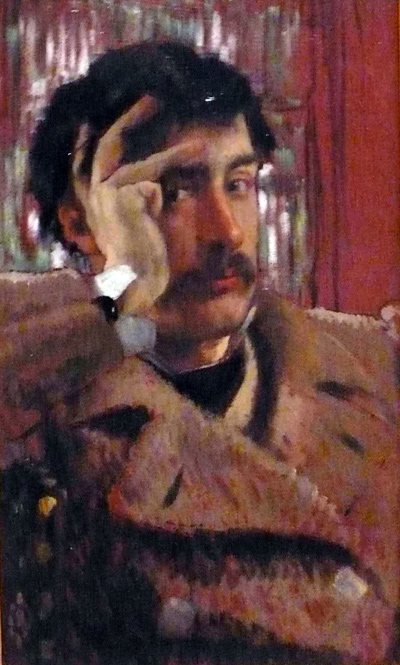
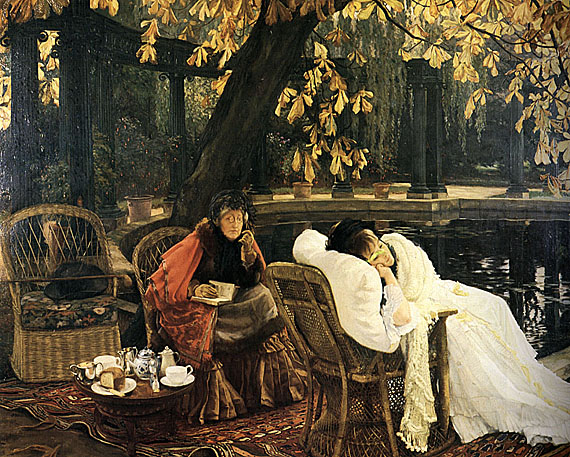
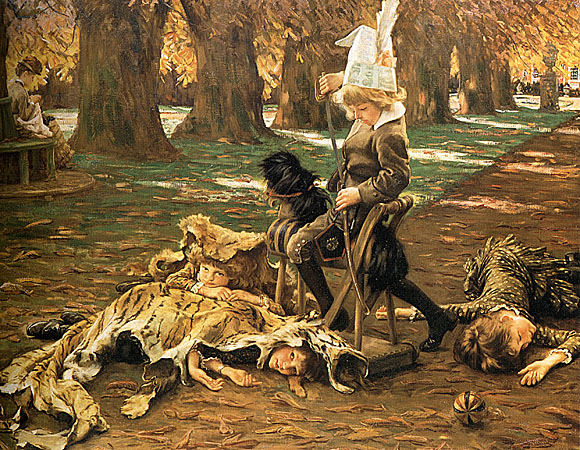
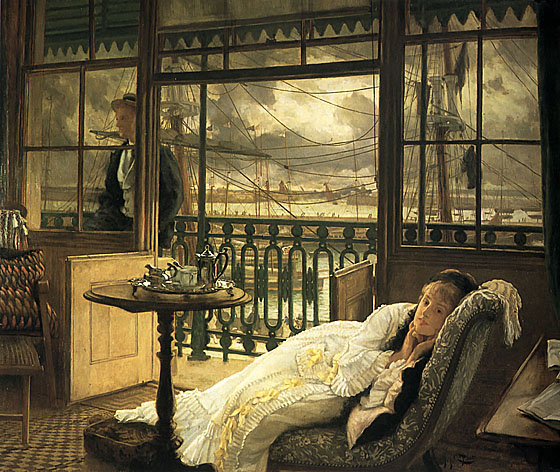
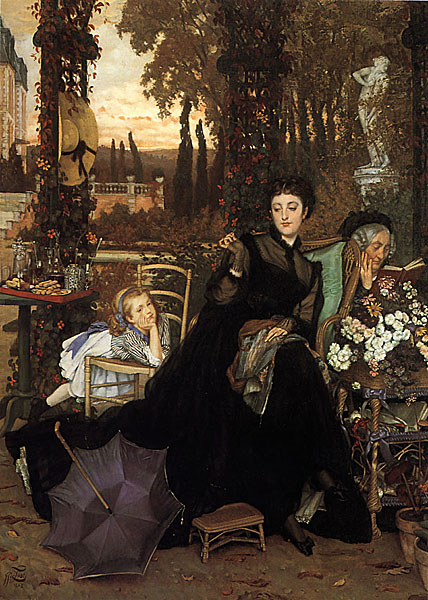
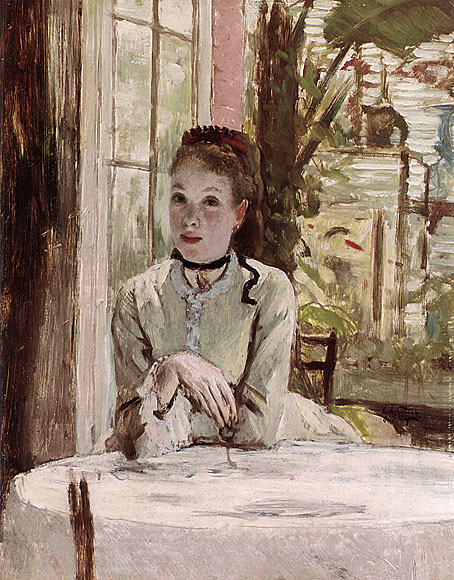
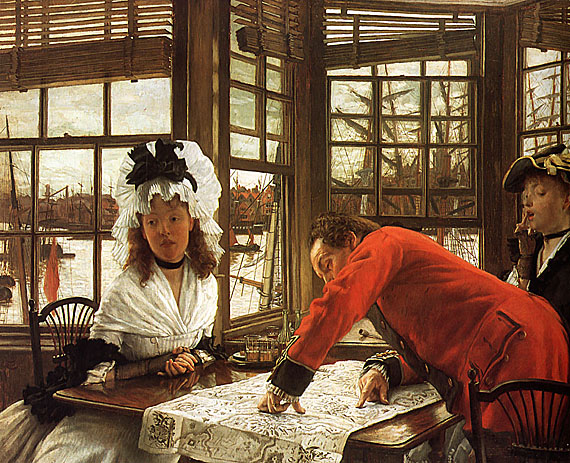
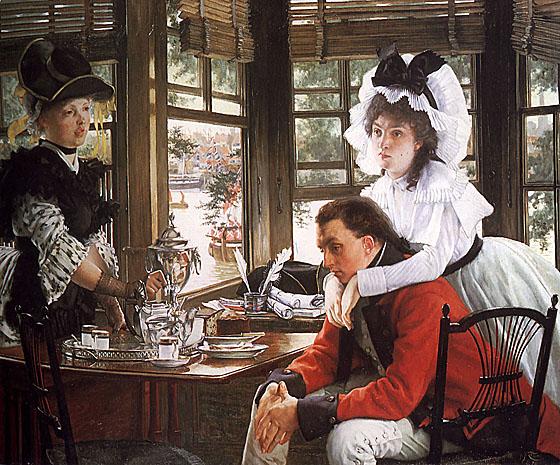
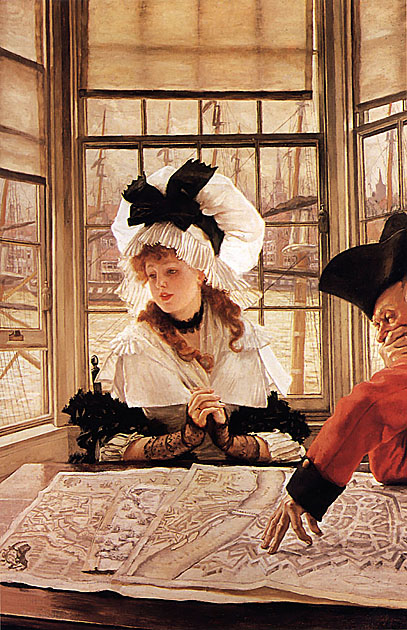
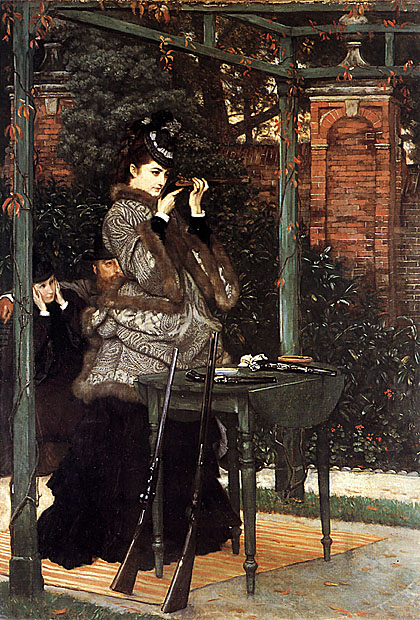
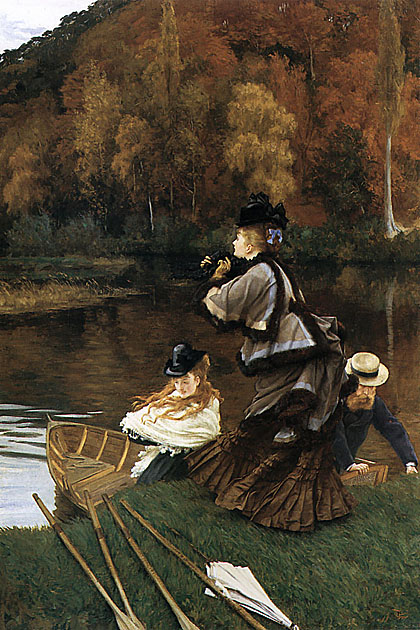
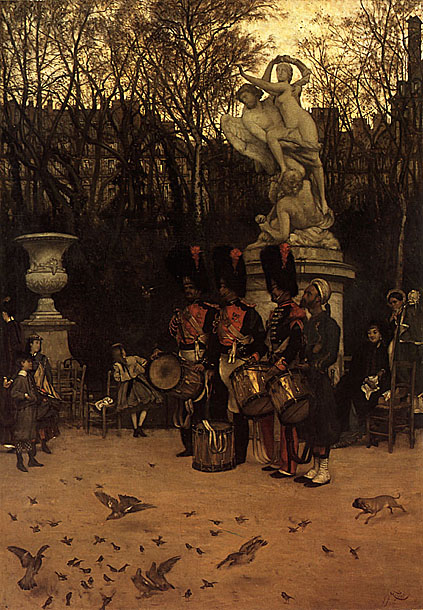
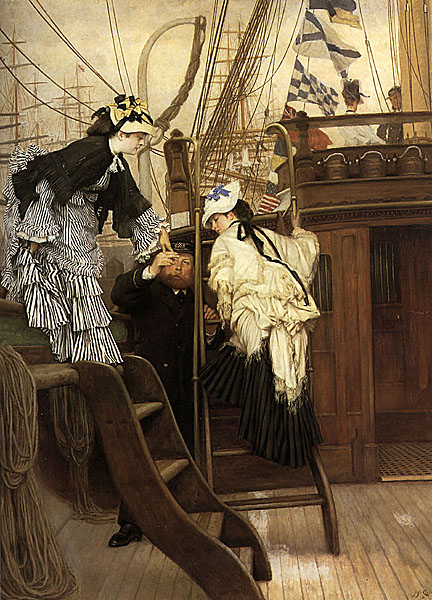
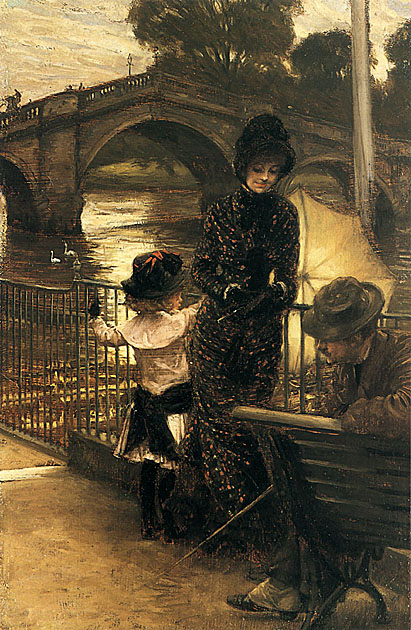
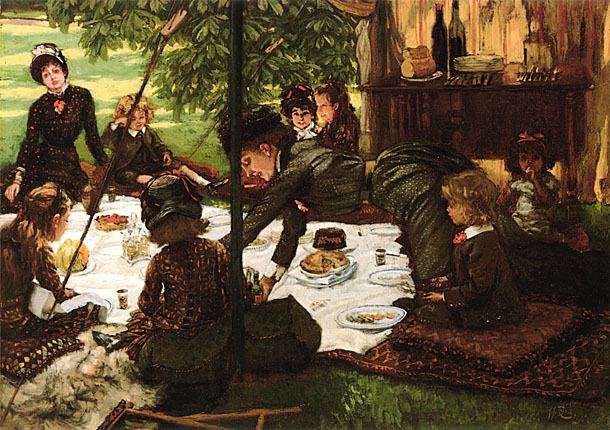
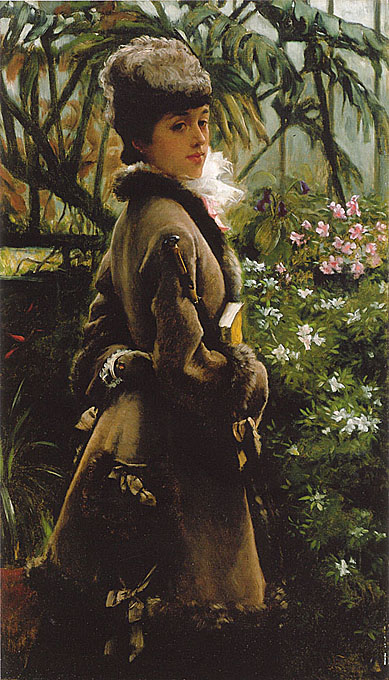
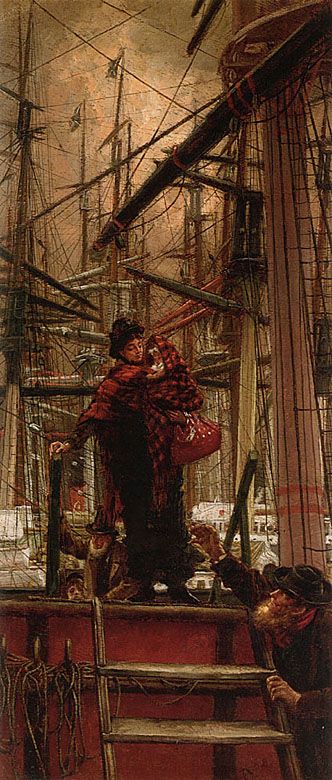

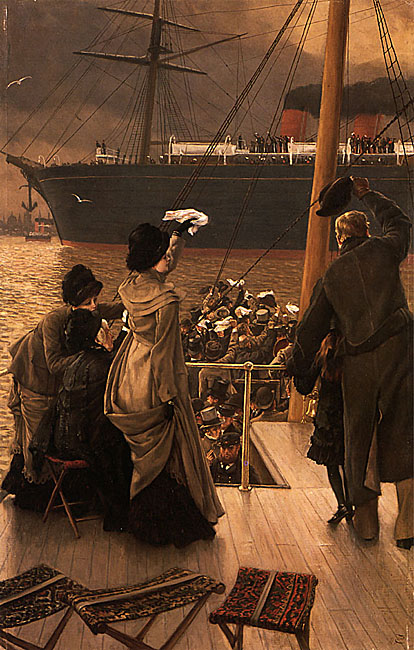
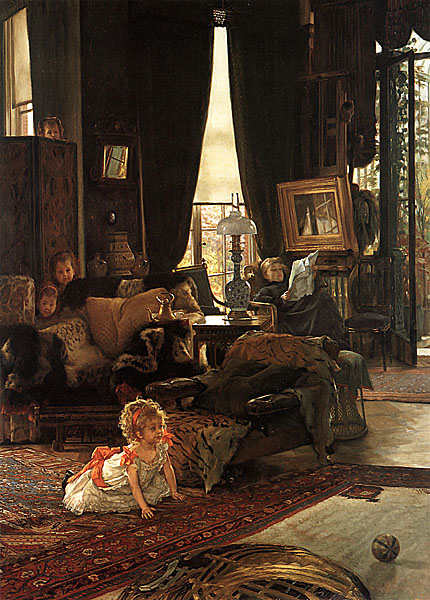
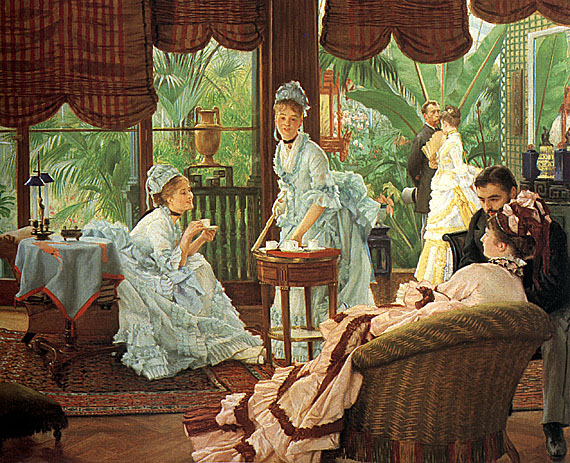
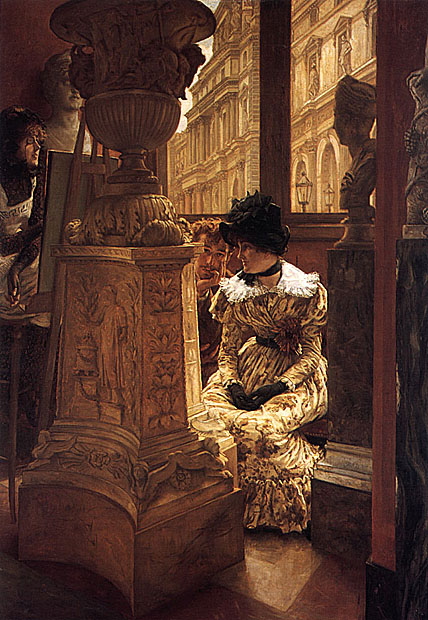
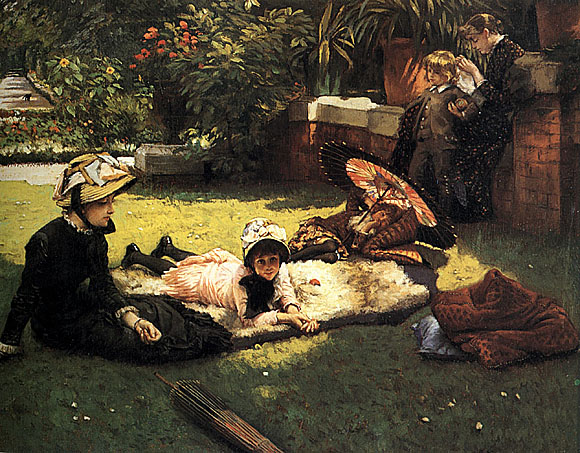


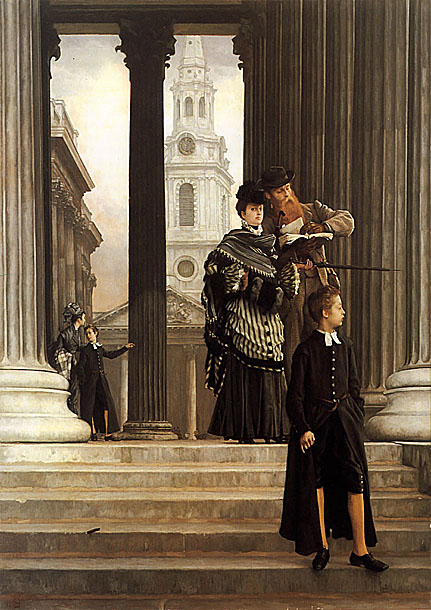
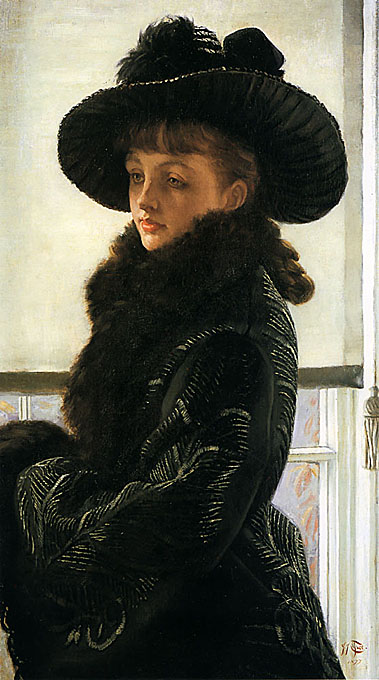
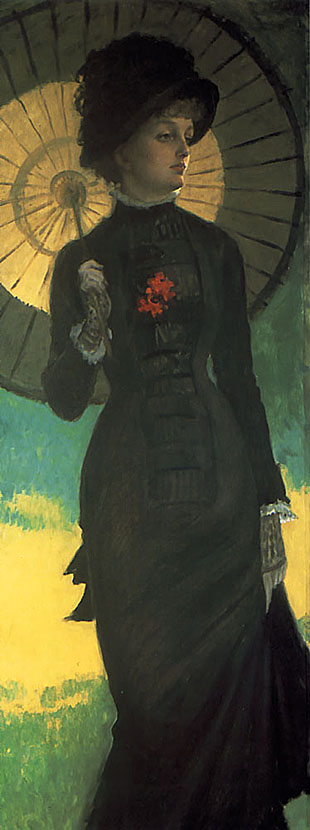

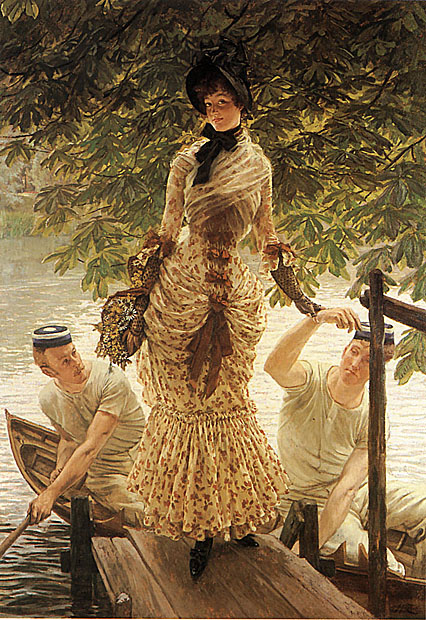
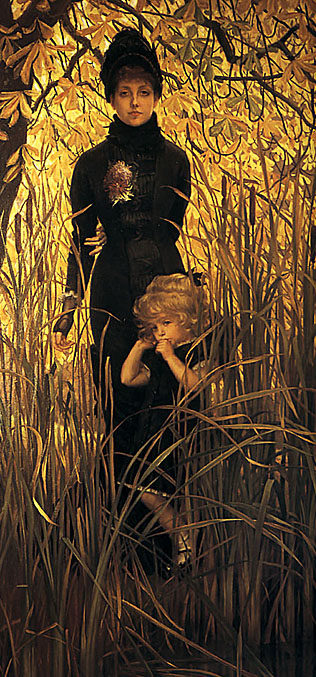

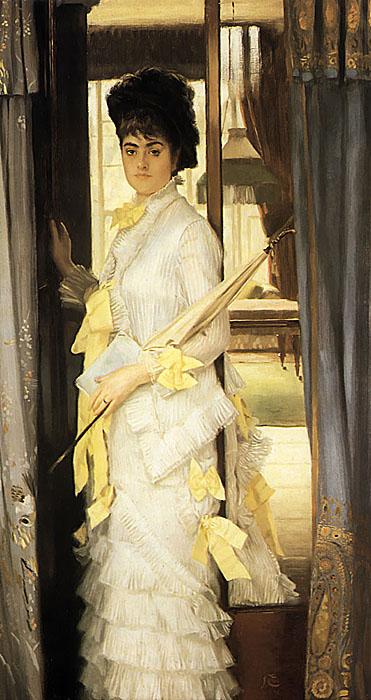
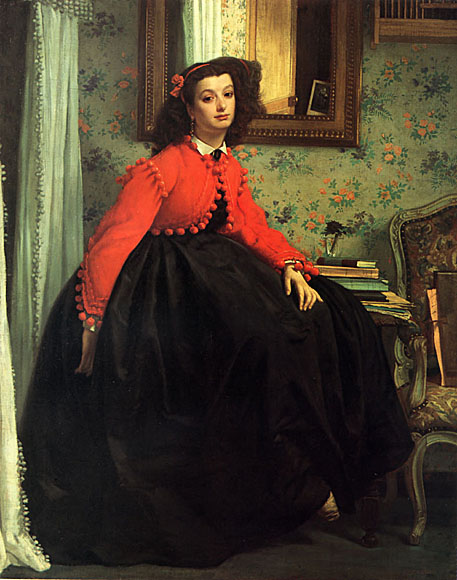
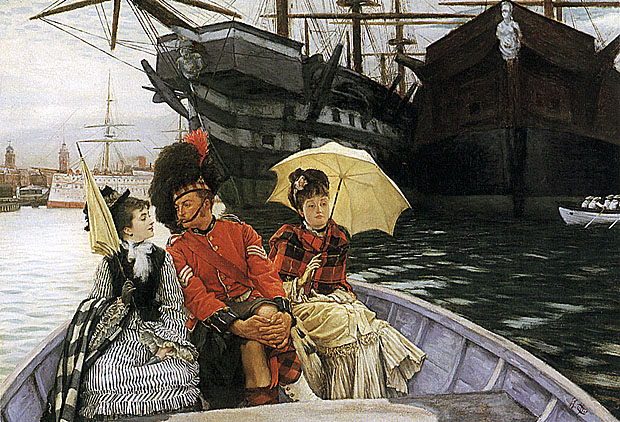
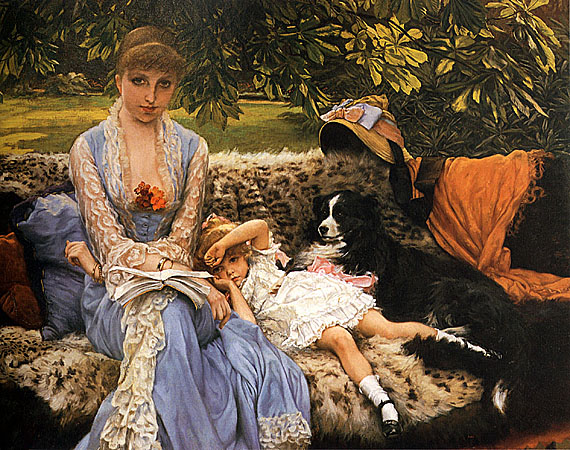

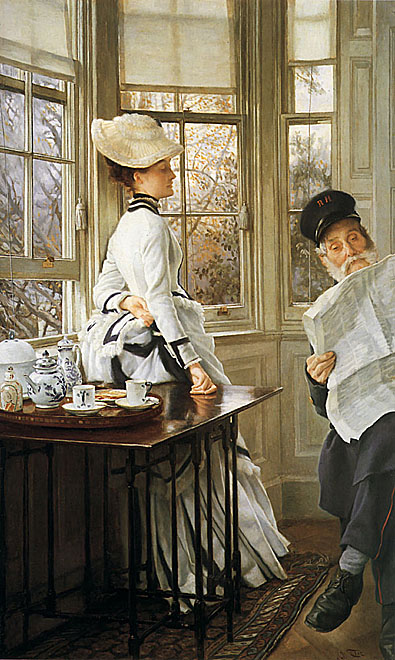
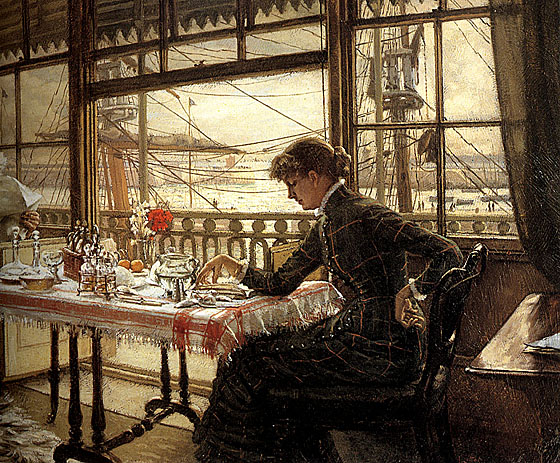

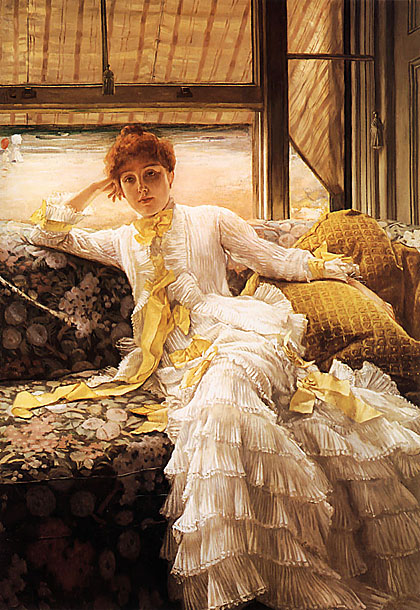
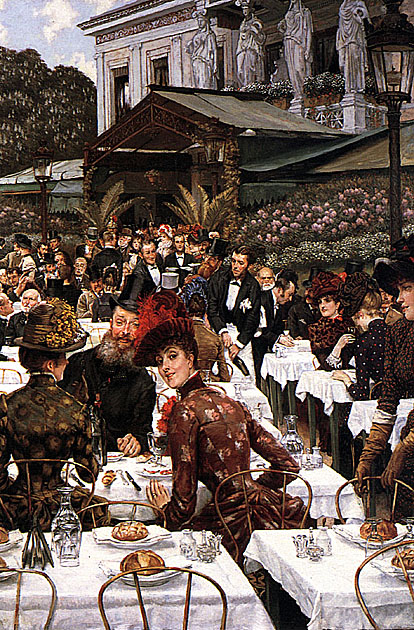
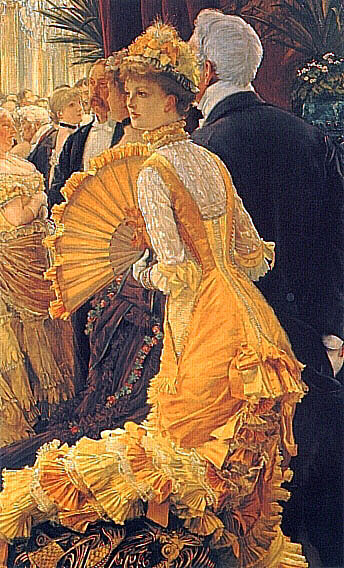
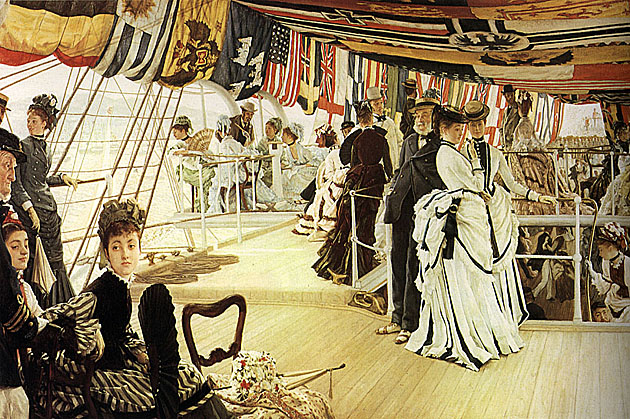
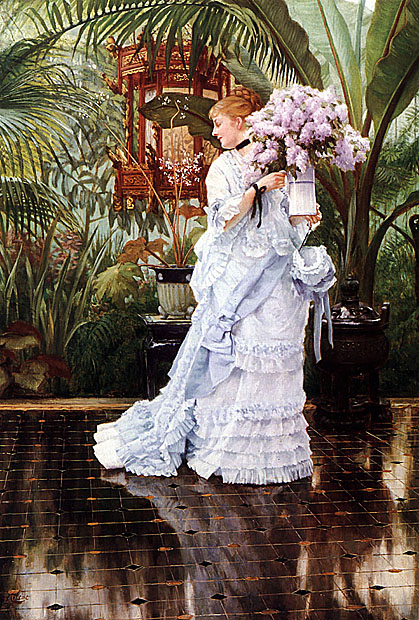
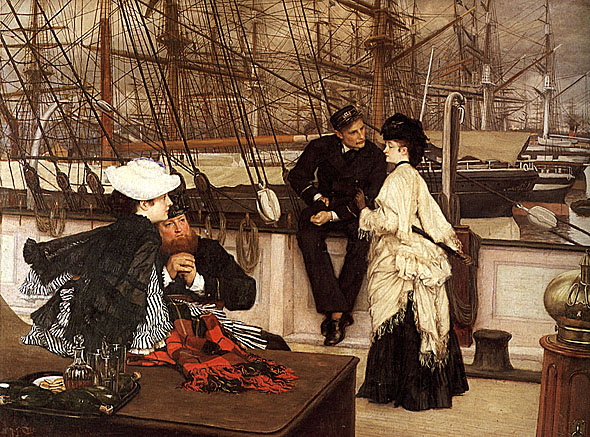




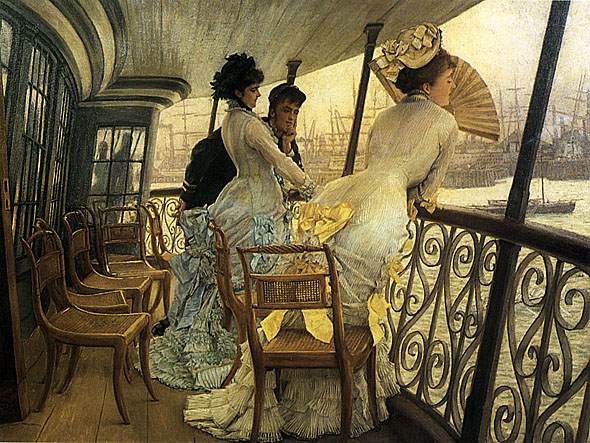

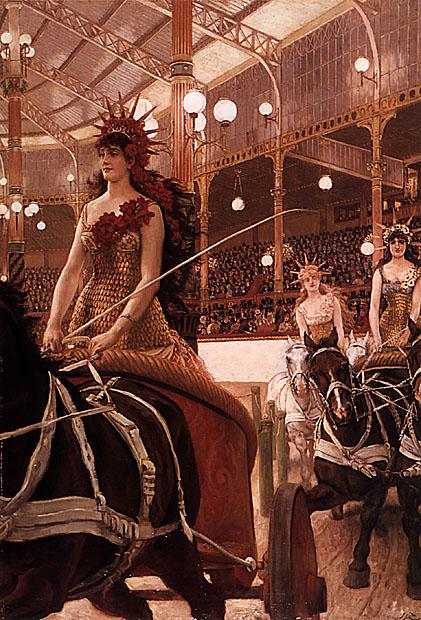
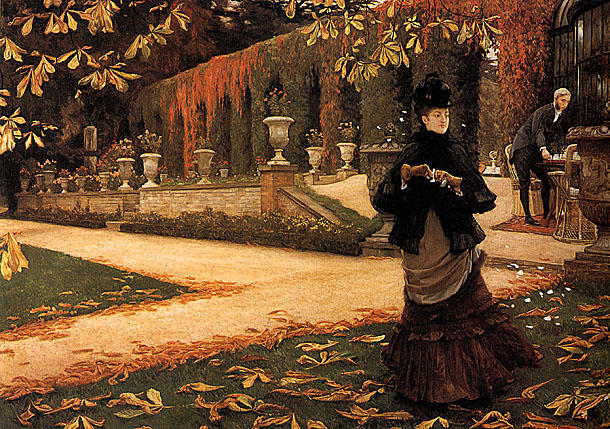
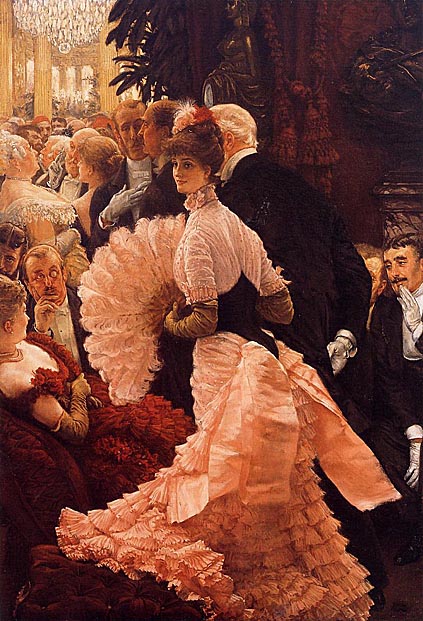
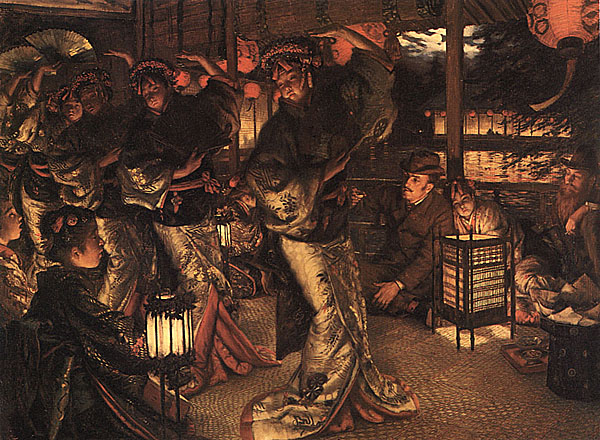
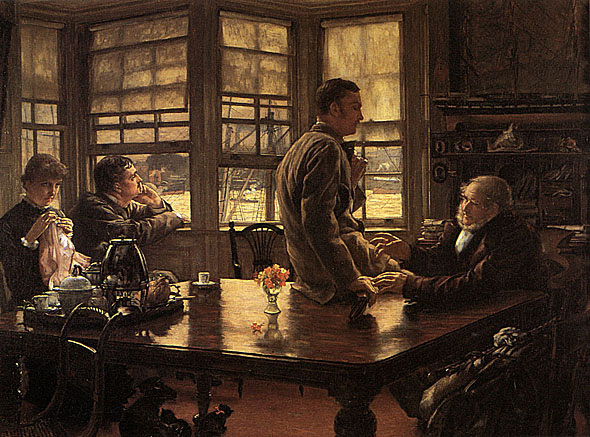
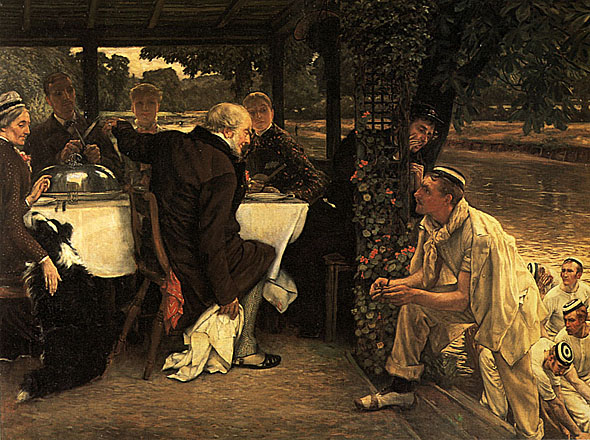
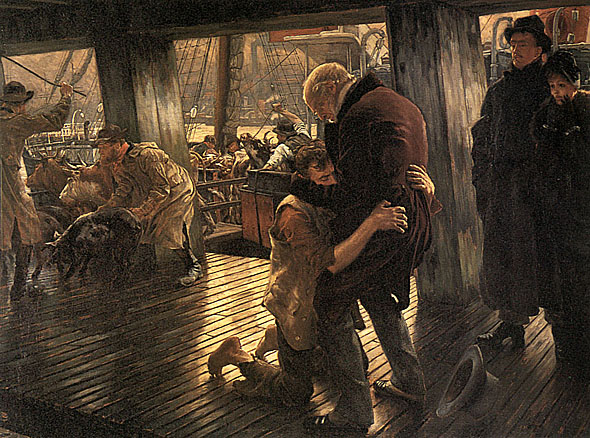
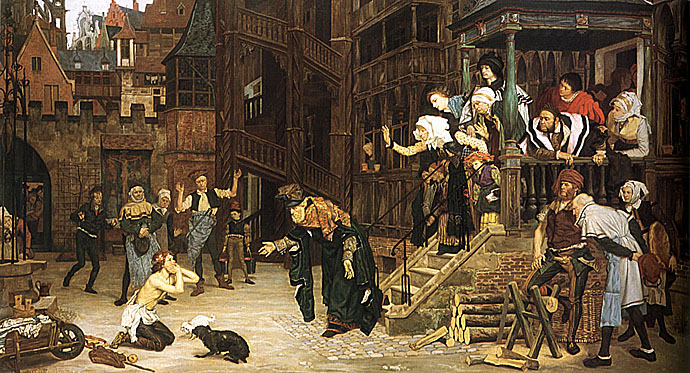

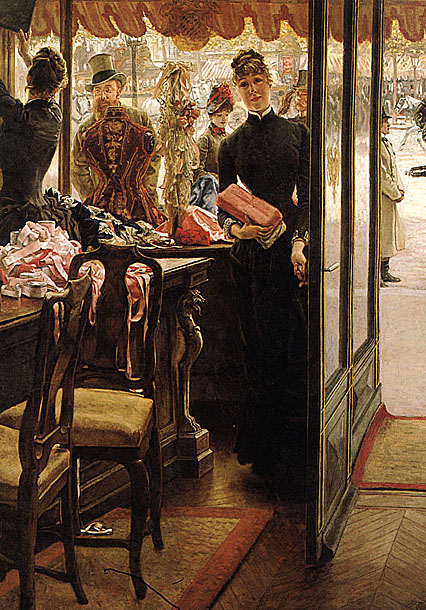
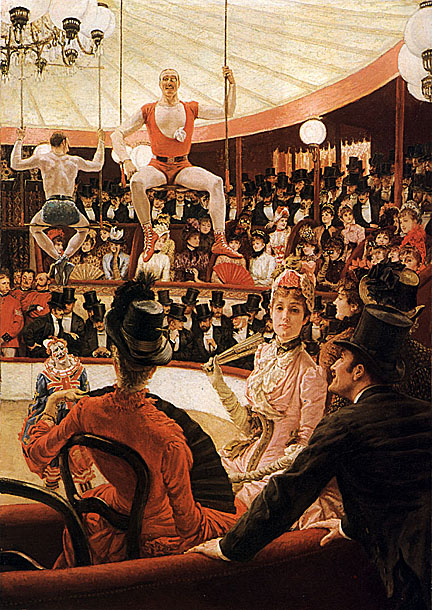

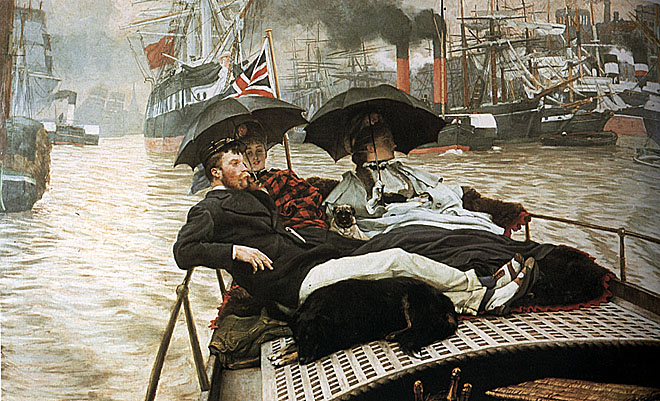
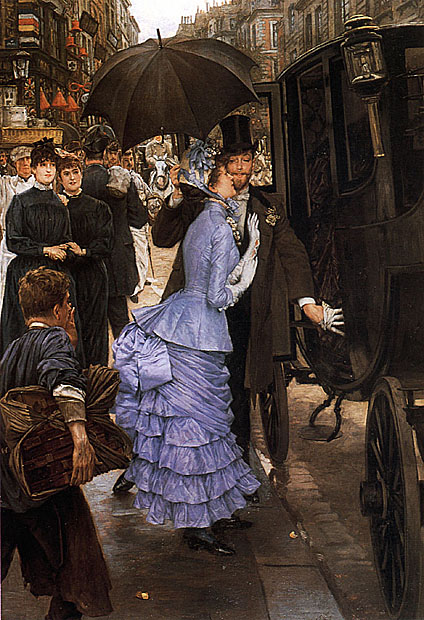
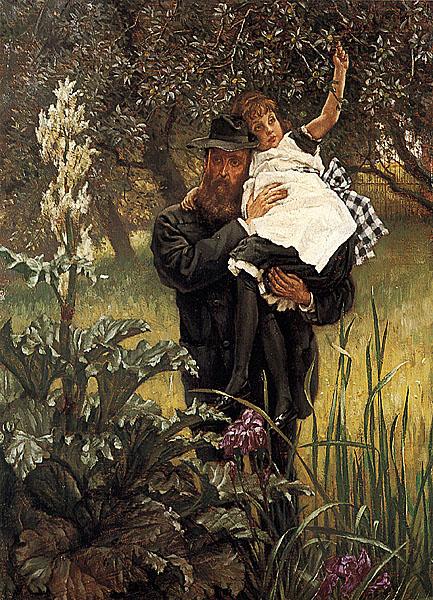
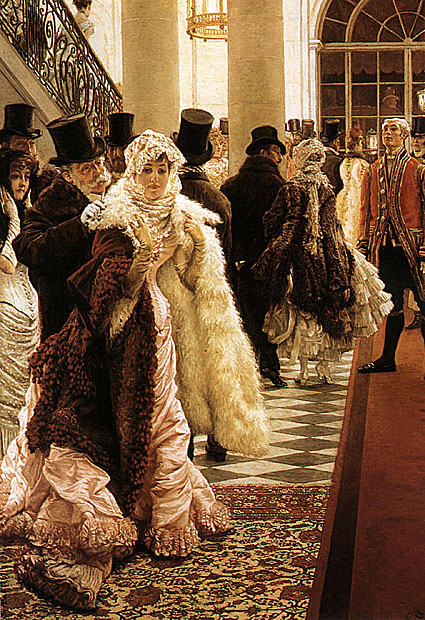
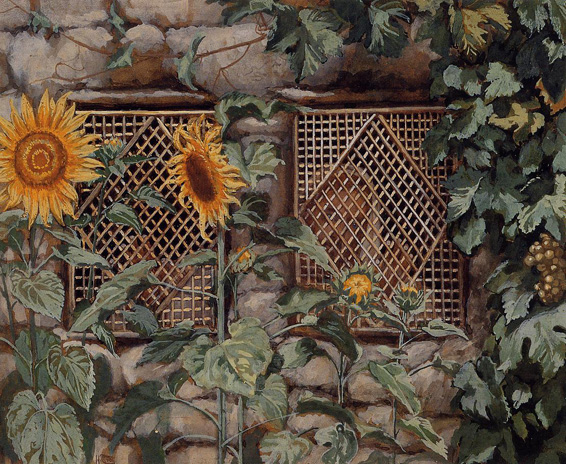
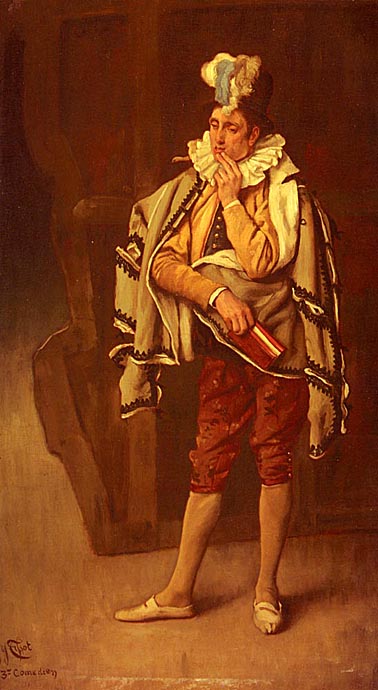
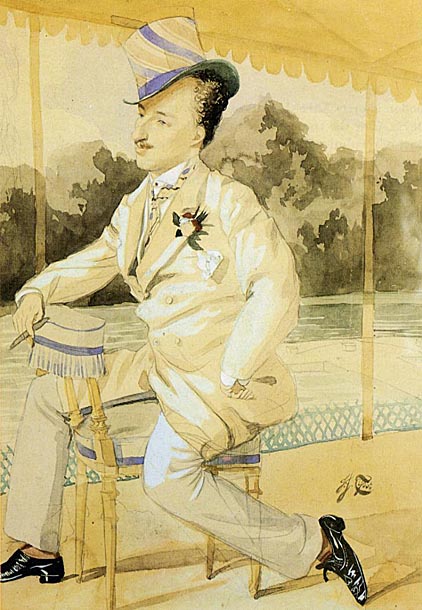
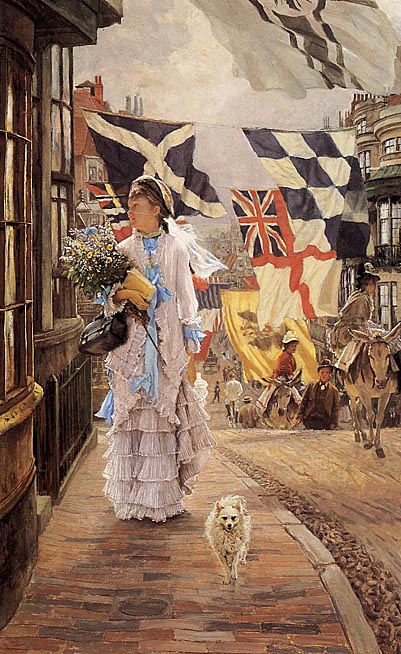
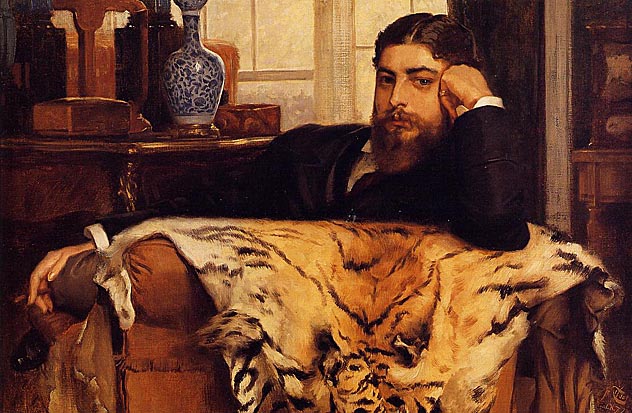

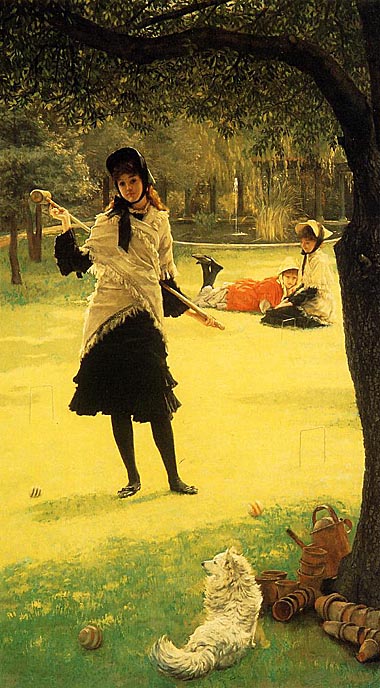
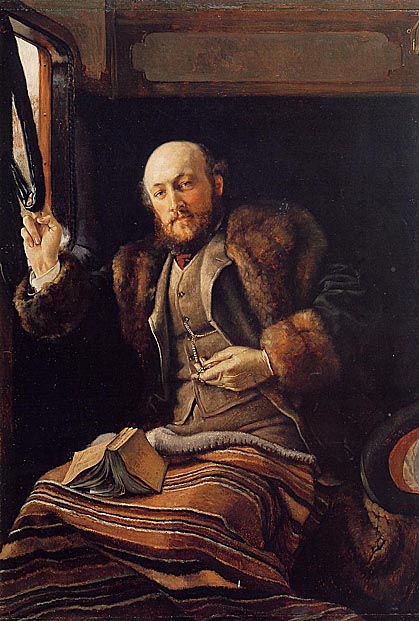
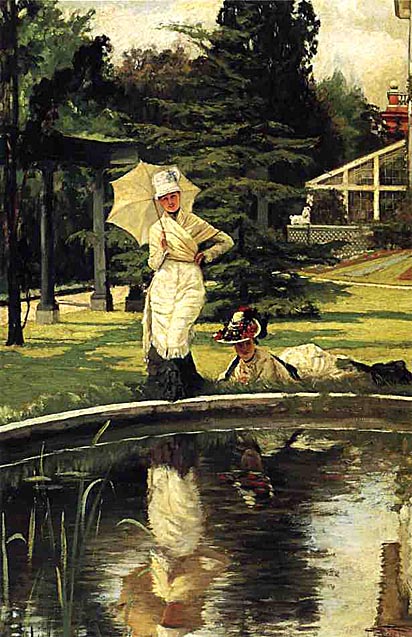
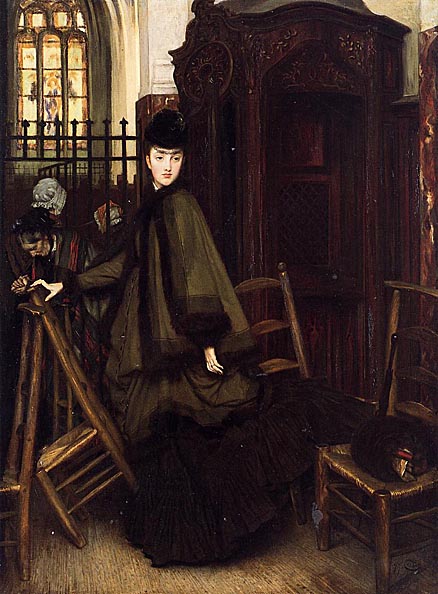

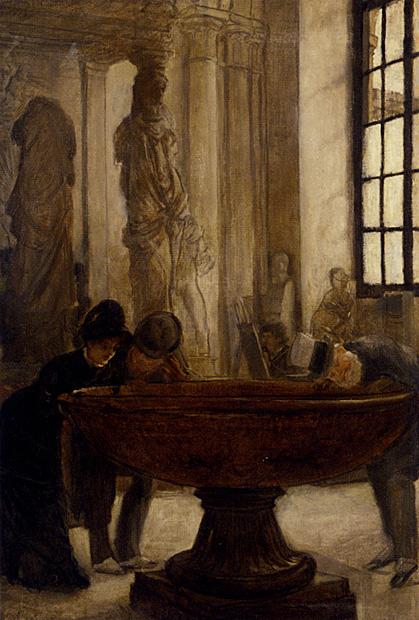
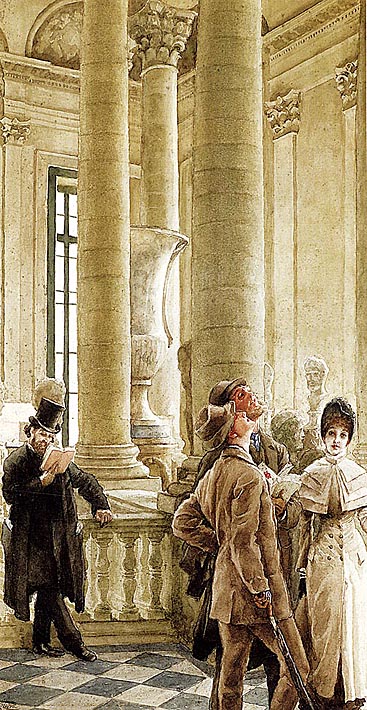
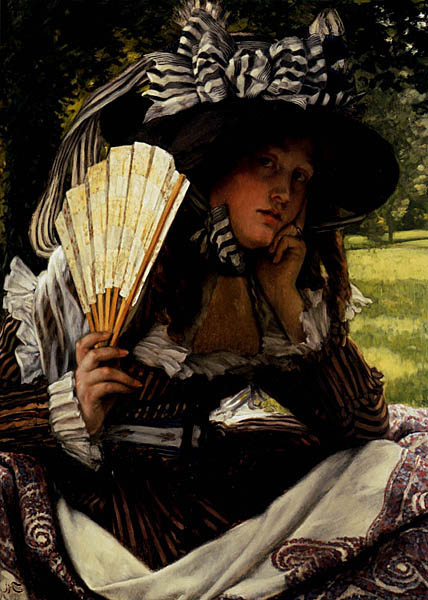
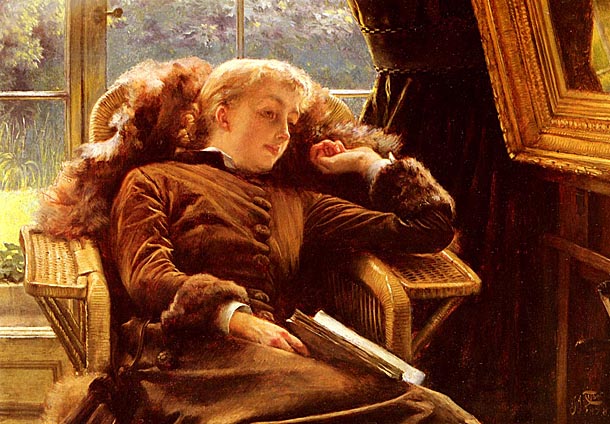

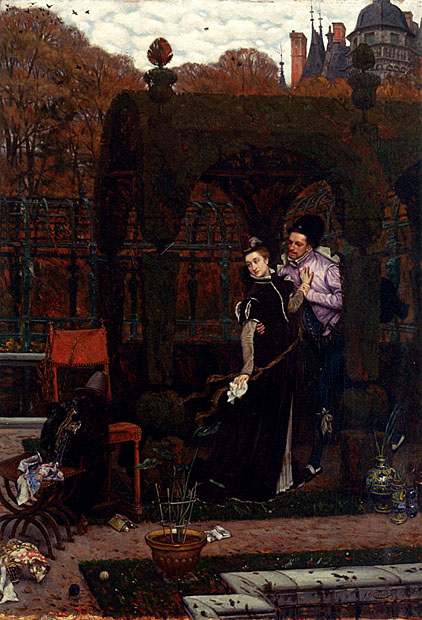

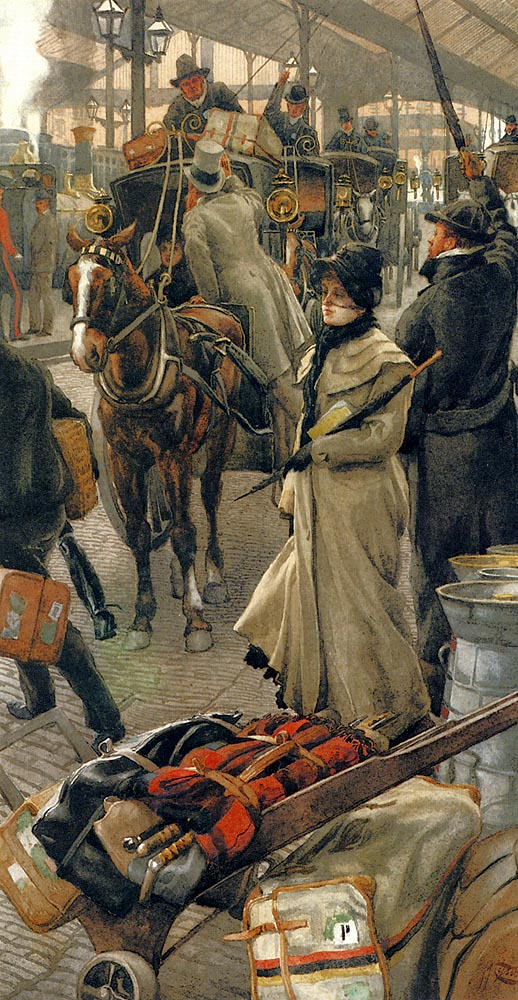
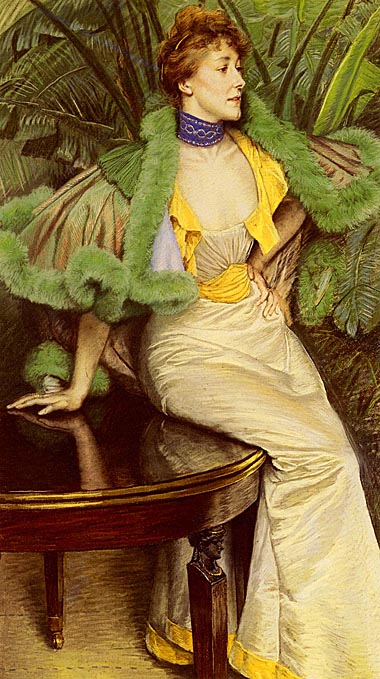
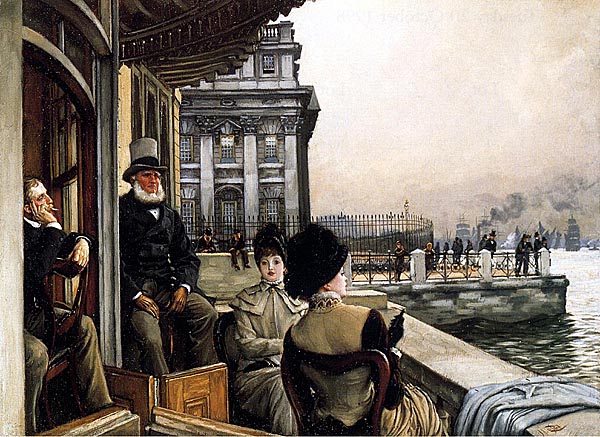
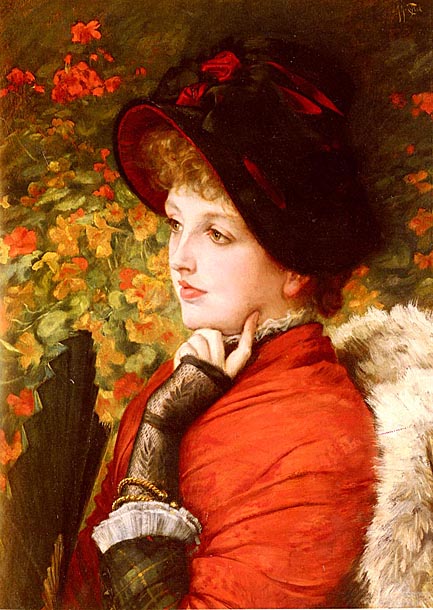

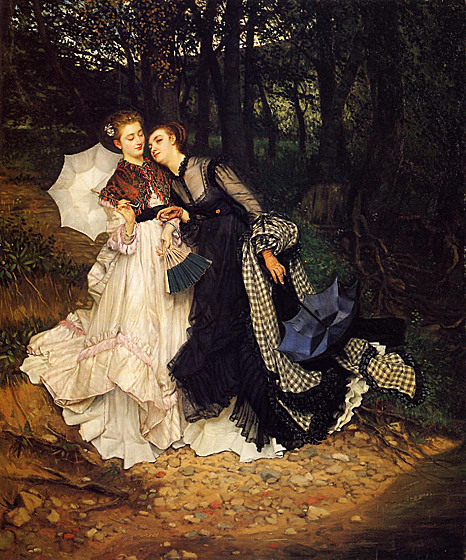


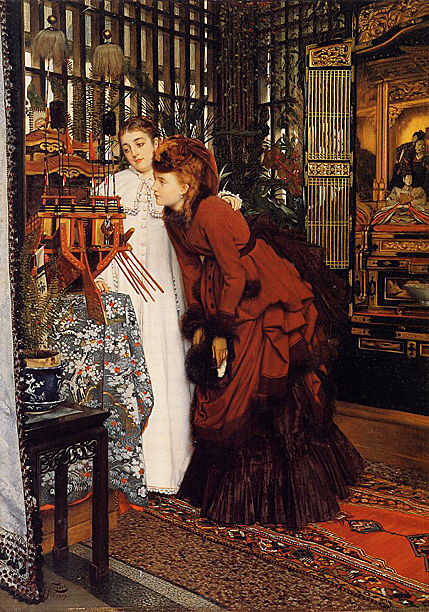
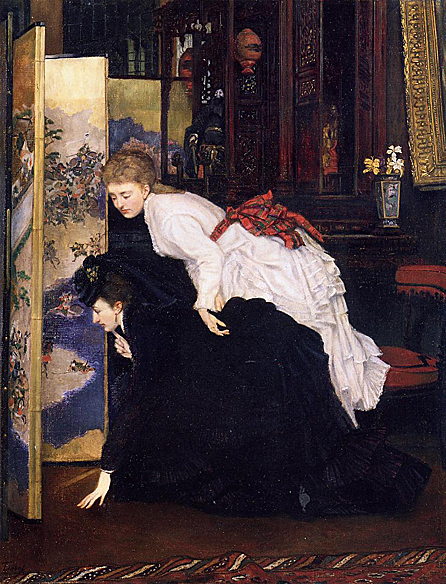
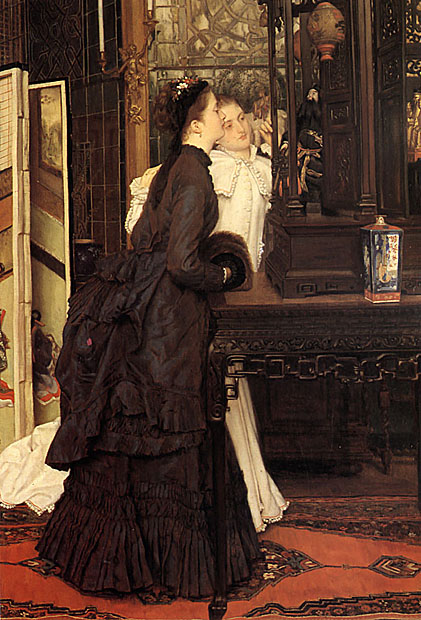
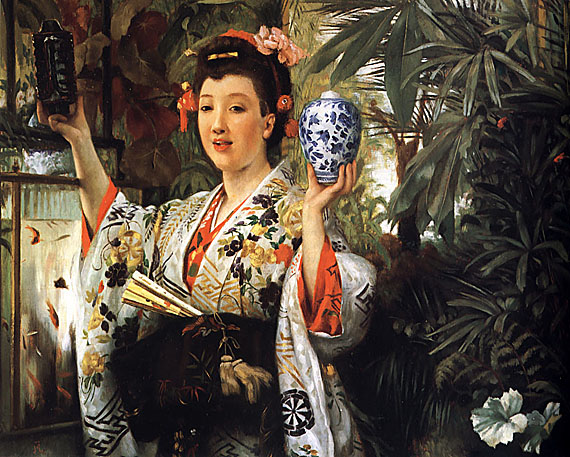

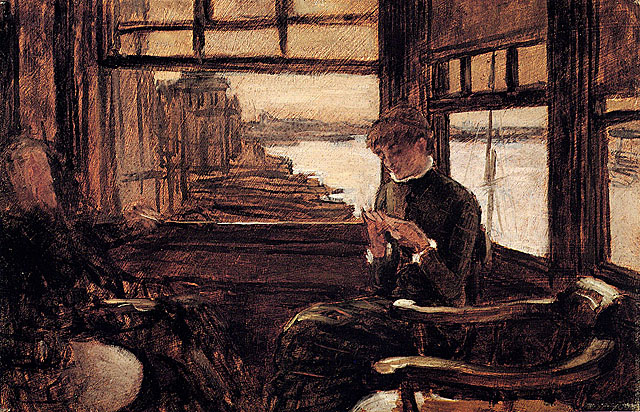
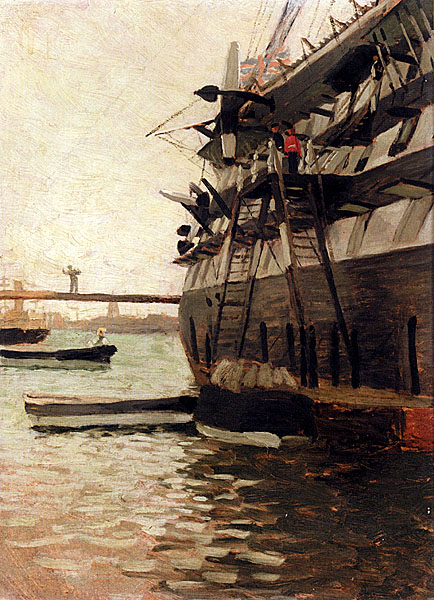
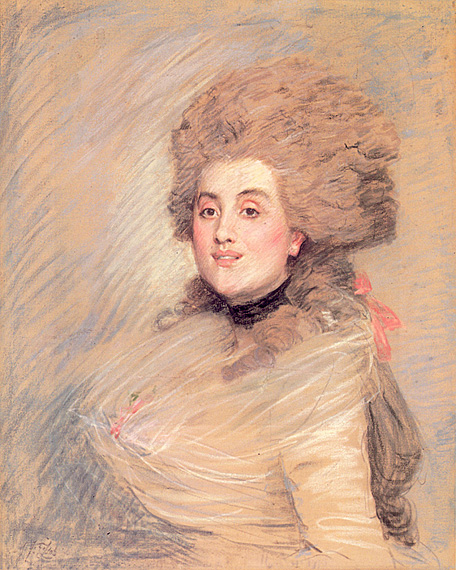
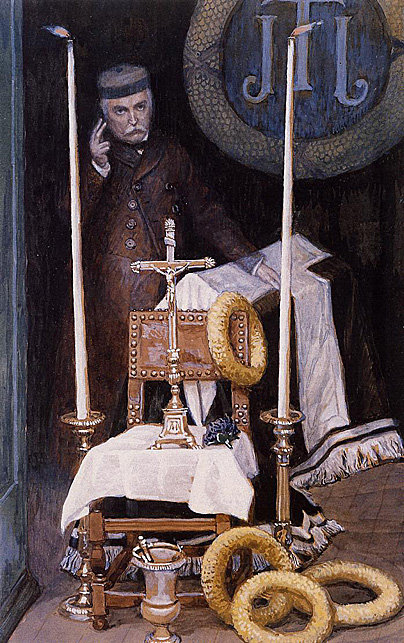
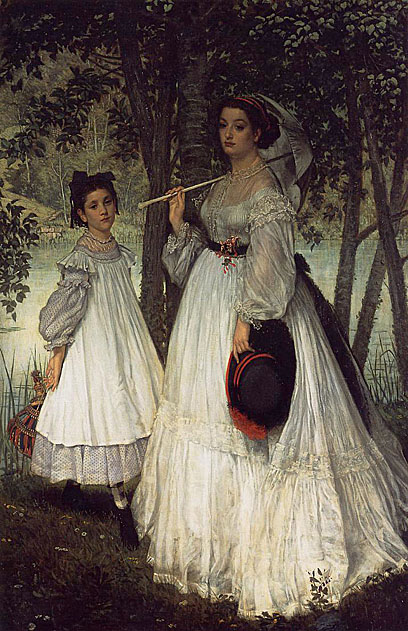
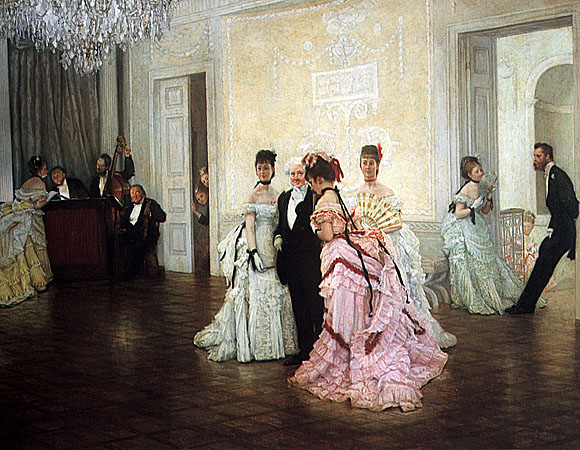

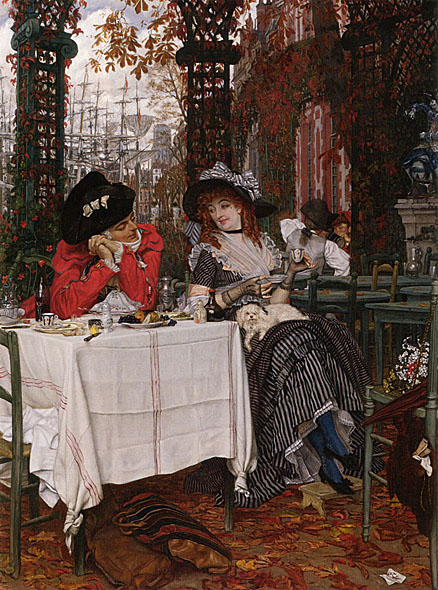

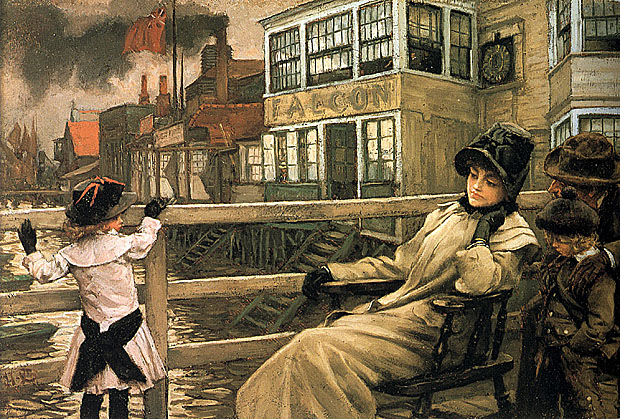
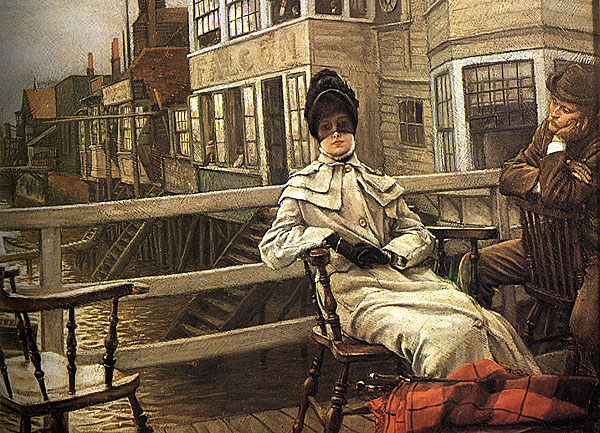
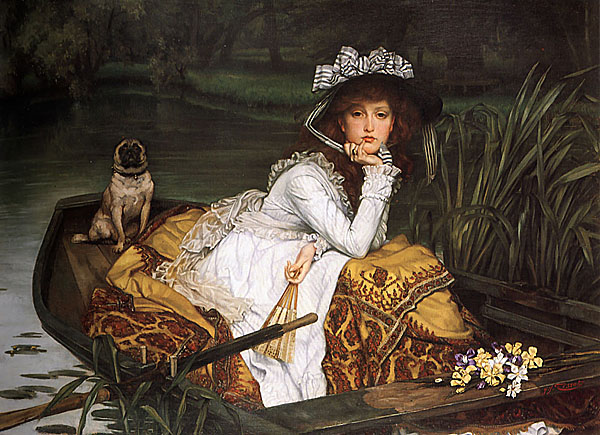
Tissot was devastated by the loss of Kathleen Newton, and never really recovered from it. He seemed unable to accept the enormity and permanence of it. It is rumored that he considered marriage to other women later in life, but these affairs came to nothing. Like many English people at this time the artist became interested in Spiritualism, and on a number of occasions tried to contact the dead Kathleen. The exotic French artist and his fallen women-one of the great 19th century English love stories. Initially Tissot carried on working back in Paris, in much the same manner as in London. He produced a series of paintings of attractive, beautifully dressed women in sumptuous surroundings. These paintings were, for a time, extremely fashionable. Following this Tissot experienced a profound religious experience, and became increasingly devout. He embarked on a series of religious paintings, visiting the Middle East on a number of occasions, to observe and paint backgrounds for his pictures. These paintings were well-received at the time, but in our more secular age have little appeal. James Tissot at Buillon died on Friday 8th August 1902.
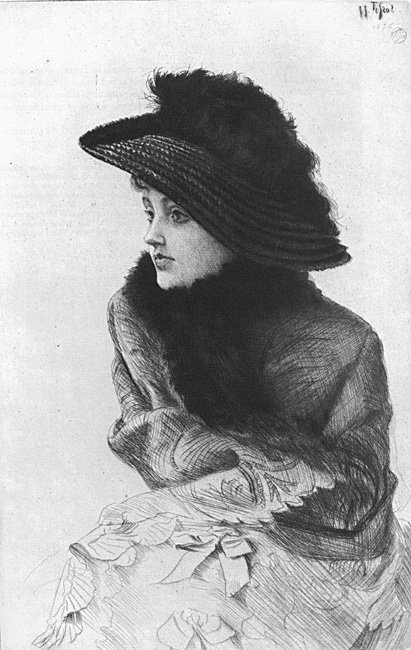
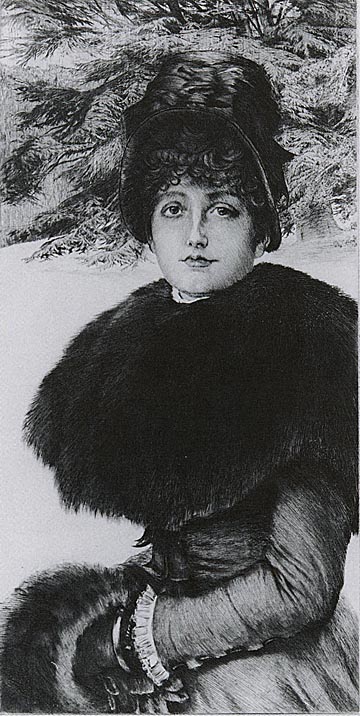

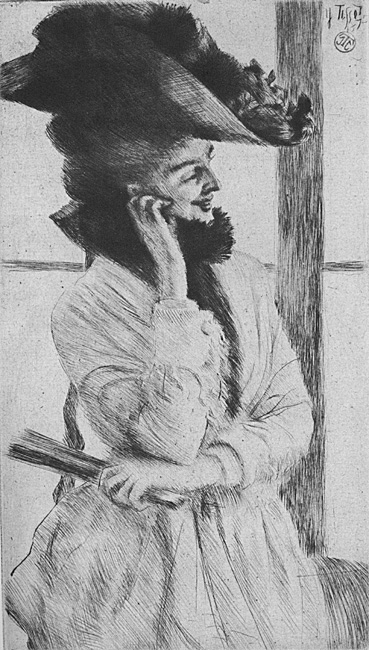

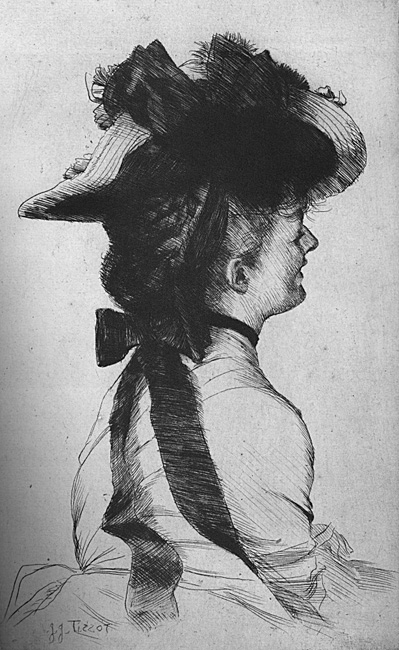
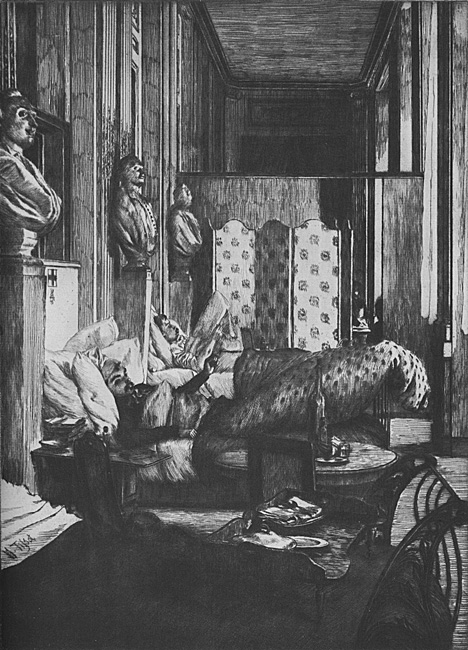
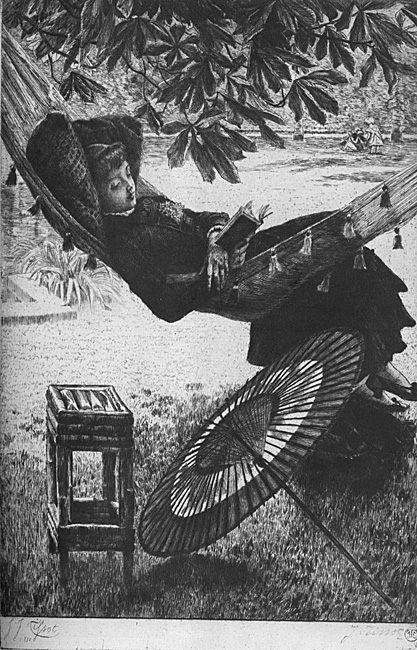
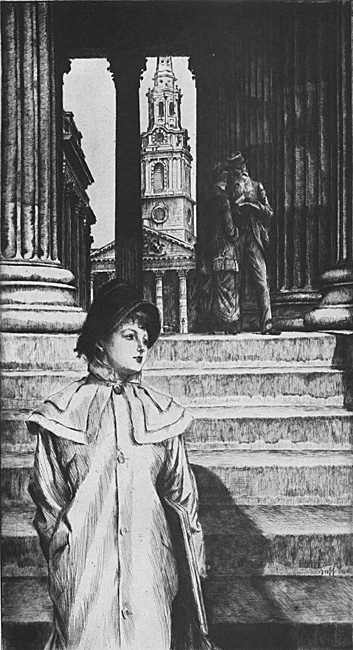
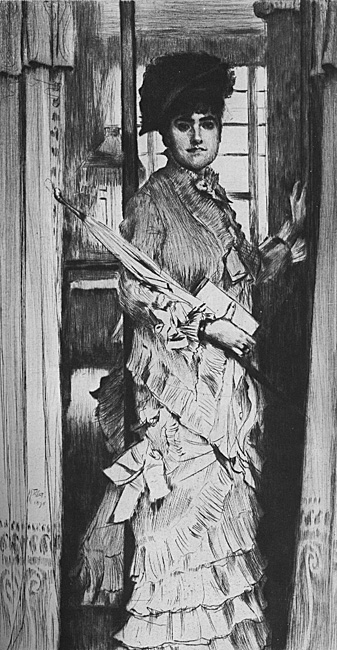
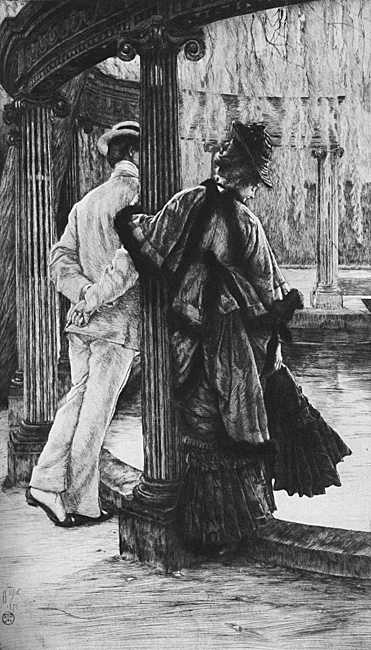
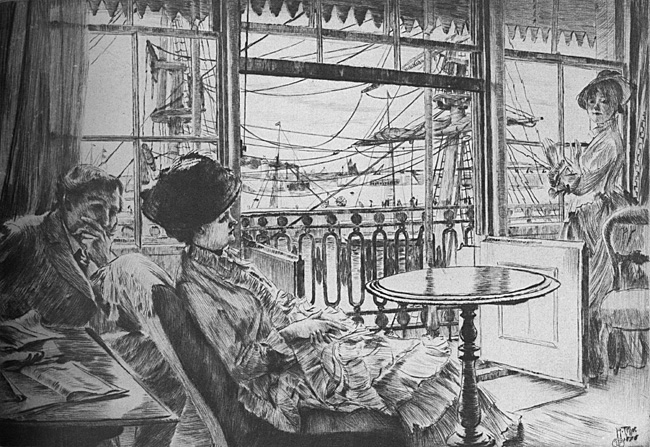
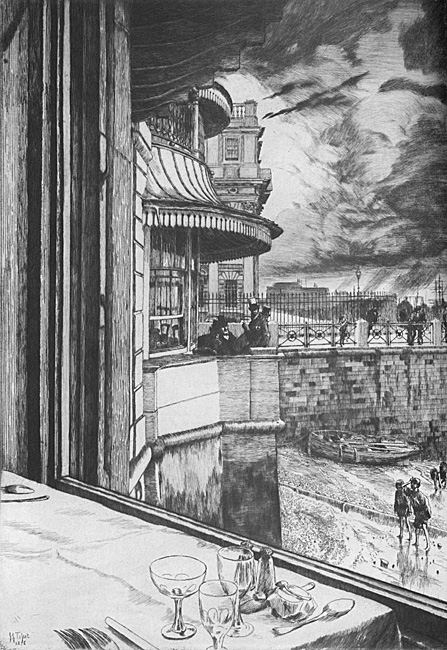
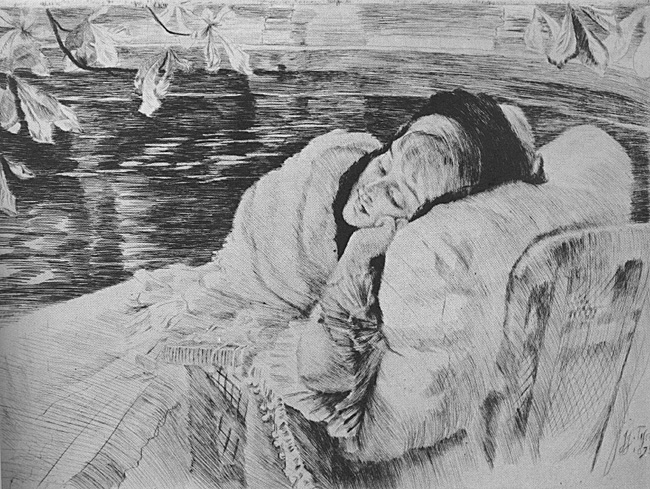
.jpg)

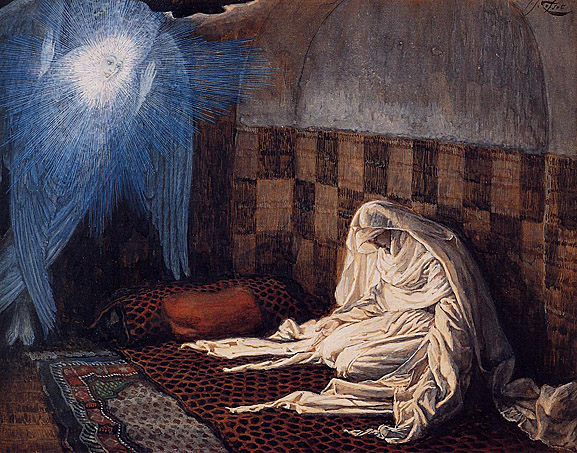

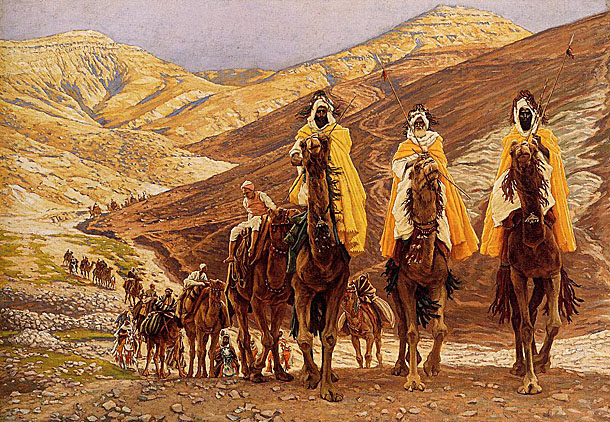
.jpg)
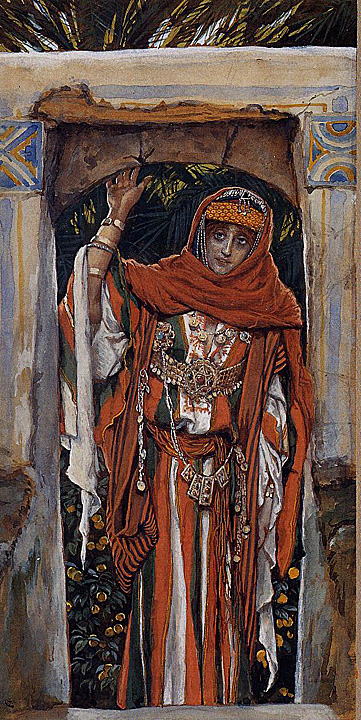
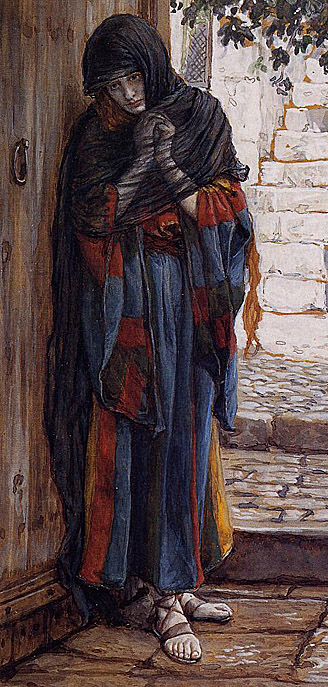
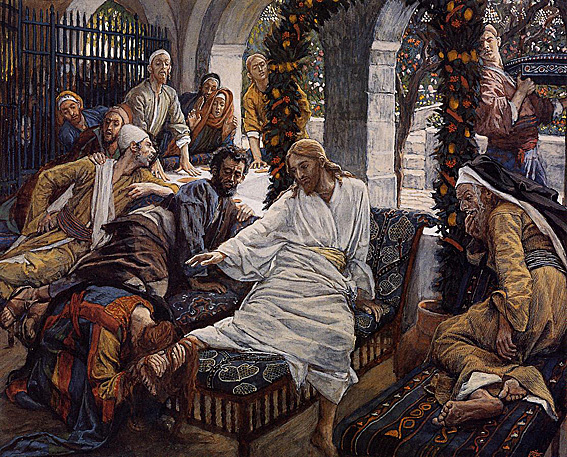
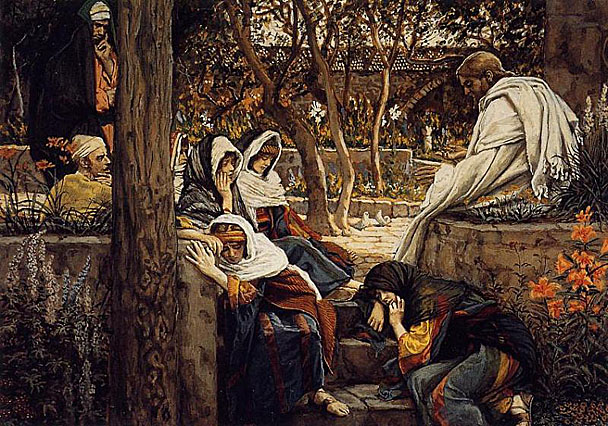
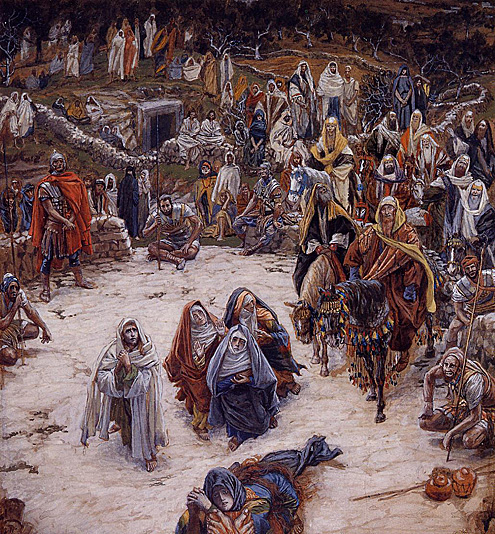
James Tissot was the most enigmatic of men. He had a considerable number of detractors, who disliked both his success and the man himself. Louise Jopling, however, remembered the handsome, elegantly-dressed painter with affection, as a charming man and an excellent host. Being handsome, elegantly dressed, and successful is not always the most effective way of attracting friends, admirers, and positive comment. Tissot was a highly intelligent rather sophisticated individual, who had inherited in large measure the shrewd commercial instincts that made his father so materially successful. With the exception of his relationship with Kathleen Newton he seems to have led a curiously detached existence, and I have found it difficult to find evidence of other close relationships. He combined this shrewdness with deeply held and perhaps rather morbid religious feelings. Tissot, rather like J W Waterhouse was an intensely private man who quite deliberately left little record of his life. One of Kathleen's children, a son, may have been Tissot's.
Source: Art Renewal Center
Return to Pagina Artis
Return to Bruce and Bobbie's Main Page.